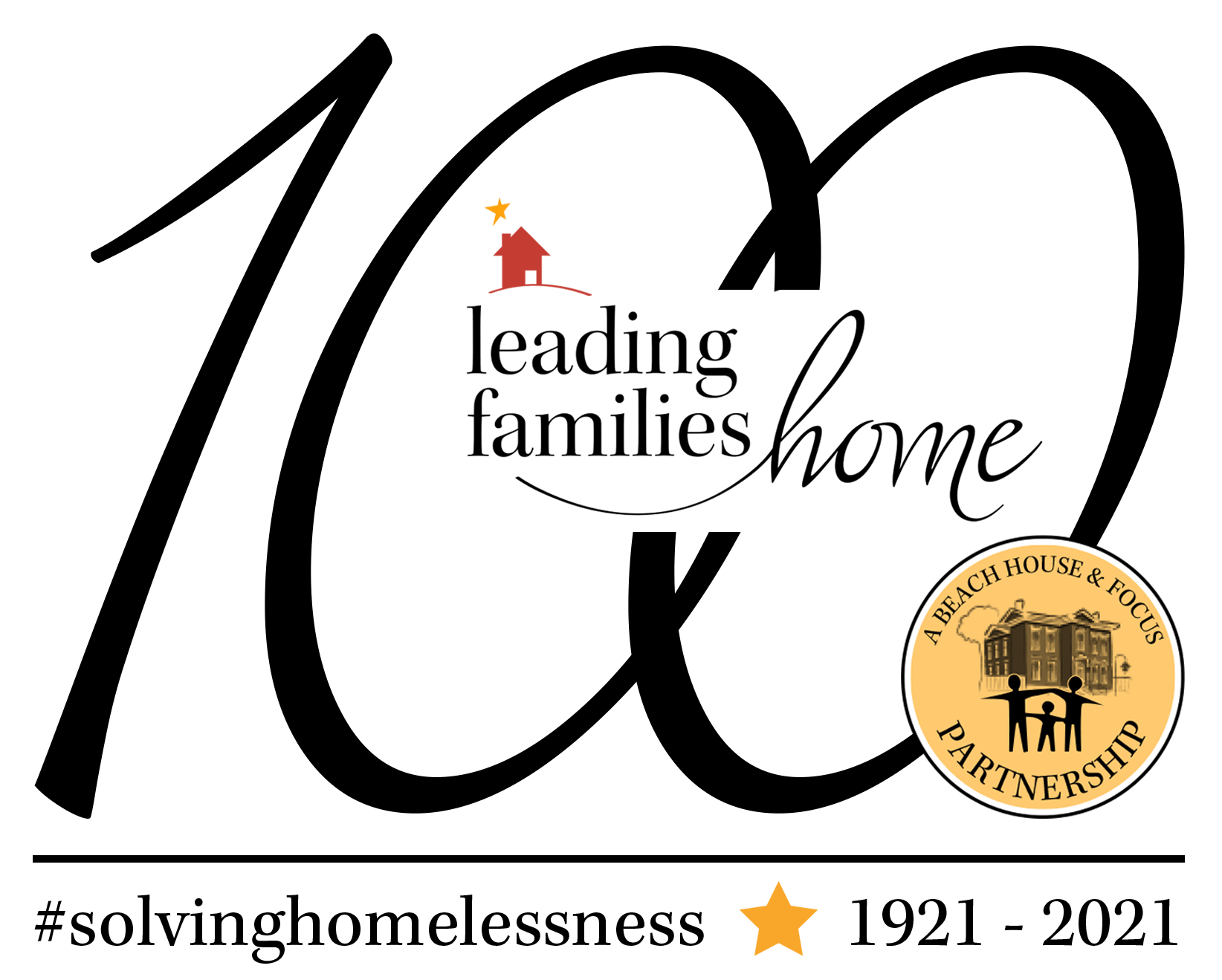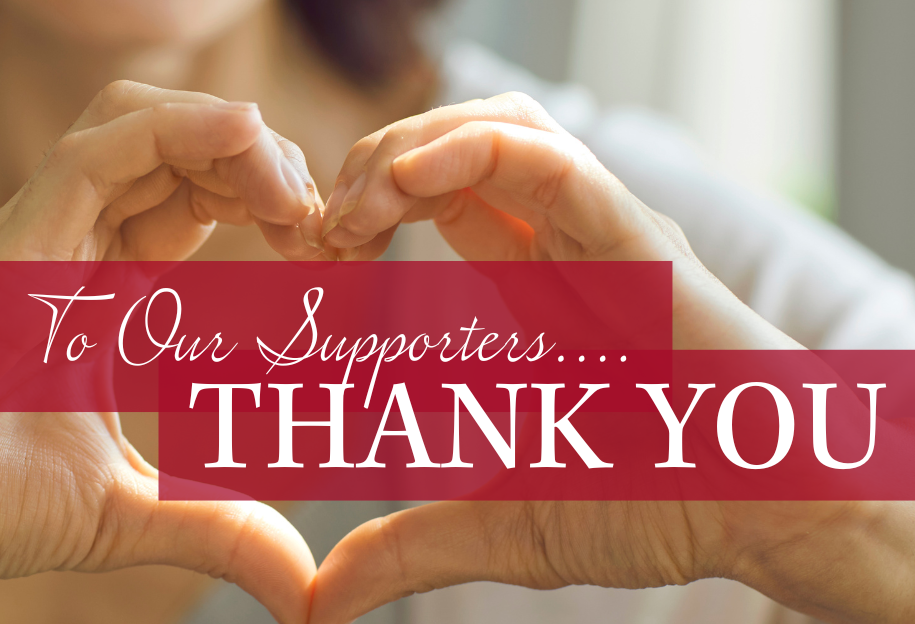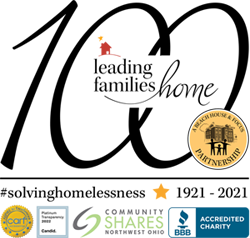Interview with Cindy Zawojski: Former Data Analyst Director at Leading Families Home
Meet Cindy Zawojski, Data Analyst Director for Leading Families Home. In this 15-minute interview, Cindy reveals what she loves most about LFH, what her role is within the organization, and what she enjoys most about her job. Cindy also shares information about the Lucas County Continuum of Care, recidivism, the leading causes of homelessness, and what the average person can do to help end homelessness.
Hi, my name is Cindy Zawojski. I am the Data Analyst Director for Leading Families Home. I work in both our shelter program and our housing programs, providing statistics and data that has accuracy and integrity to help our staff do their jobs and to provide the data to our funders that they need to assess the job that we’re doing in the community and to continue funding us.
When did you start working at Leading Families Home?
I came to this agency in November of 2008, as a Housing and After-Care Specialist. At that time, we were two separate agencies. FOCUS was an agency providing transitional and Permanent Supportive Housing (PSH) and Beach House Family Shelter was an emergency shelter for families with children and single women. In 2016, we made a decision to merge the two agencies, and that’s when we became Leading Families Home.
What is your favorite thing about Leading Families Home?
Definitely the people. From our board to our administration, to our front-line staff, to our clients, everyone here demonstrates resilience and adaptability.
My favorite thing is that as we are asking our clients to stay teachable and coachable, to learn skills that will keep them from becoming homeless ever again, our staff is demonstrating the very same skills. I love the way we model that coachable and teachable spirit to the participants we serve.
In your opinion, what is the biggest challenge facing homeless people who come to Leading Families Home?
In terms of priorities, one of the first things that our participants have to learn is trust. They come to us completely traumatized because, believe me, homelessness is really, really hard. And we are asking them to be open to our case management, to our coaching, to the behavioral health services we provide, and that requires a lot of trust on our clients’ parts. So that really is the first priority – is establishing relationships that will allow us to have effective two-way communication.
Other things are the economic climate. We have, in recent months, we have seen a real decrease in the number of clients that are employed. Because of that, for a period of time, we had a moratorium on closing cases until clients could regain employment. And it’s just been a difficult time financially, mentally, and emotionally on our clients. I’m so glad that we are able to be here to provide support to them through this pandemic time.
Tell us about the health issues you see.
In 2019, our programs served 557 individuals. Of those 557 individuals, 253 – so fully half – reported at least one condition, whether it’s physical, mental, chronic health, substance abuse. 135 of those 253 only reported one condition. 77 reported two, and fully 38 had three or more conditions. It can be anything from asthma to a completely disabling mental health condition, so that plays a very big role in our case management.
And that’s why, in 2019, we began Steps-to-Health, which is our behavioral health arm, which provides behavioral and mental health services to clients who request it. So what that means is, instead of going to separate agencies, we have streamlined that process, so that our clients can receive mental health, behavioral health services from the same group of people that is providing them with case management, employment training, and so forth. We have eliminated going from place to place to place for those services and made it much easier for our clients.
According to your statistics, what are the main causes of homelessness?
When clients enter our program, we ask them to say specifically what caused their homelessness. So in terms of data and their responses, the biggest reason they give is what HUD calls an inappropriate living situation with another household. That means they were sleeping on Grandma’s couch – they were on their best friend’s couch. Obviously that’s not the true cause of homelessness.
So, some of the other things we see are 17 percent of families state that the reason they are homeless is because they were evicted. 14 percent are homeless because of domestic violence, and 19 percent say that it is either unemployment or loss of a job or under-employment. We see those as the primary causes that our people report as the cause of homelessness.
Can we talk about recidivism?
Recidivism is something that people in social service industries talk about a lot. It simply means a return to a previous living situation. So, for Leading Families Home, recidivism is the number of people who exit our program and then return within a certain period of time and become homeless again. So, the Housing and Urban Development recommends a recidivism rate for our Continuum of Care of 5 percent or less. Fortunately, we have a recidivism rate that is much lower than that. It often hovers at about 2 to 3 percent, which tells me that Leading Families Home is doing a great job of ensuring that, before we release people from our program, they truly are ready to take responsibility for their own rents.
What is the Continuum of Care and what is Leading Families Home’s role in it?
The Continuum of Care is – no matter what industry – is a network of organizations that are working toward the same goal, often under the same set of rules and guidelines. So, the local Continuum of Care works under the direction of the Toledo Community Homelessness Board. It is emergency shelters, housing providers, mental health providers, and others whose mission is like ours: to help families transition from homelessness to permanent housing.
The local Continuum of Care uses something called a Coordinated Access System of Services. So when a person is experiencing homelessness, they will call the local 2-1-1, and report that they need shelter and or housing. From there, based on availability, that individual or family will be referred to a homeless shelter.
Once they’re situated in shelter, all of the local shelters that are part of the Continuum use the same assessment tool. It’s a numbered scoring system that will tell the local homelessness board which housing program is best suited to the family’s unique needs, and then the referral is made to a housing program, and that’s where the magic starts. They will come in, get an intake, and then the housing search starts, and they are well on their way to permanent and sustainable housing, which makes us very happy.
How have case managers been handling the COVID pandemic?
Like the rest of this country, everybody from our participants to our staff, everyone has really had to rise up and meet the challenge of COVID-19. It’s changed the way we live our lives, it’s changed the way we do business.
Our participants in particular have shown themselves to be so resilient. It’s a very frightening time for them, as it is for all of us. Many of our clients who work, work in service or food industries and have lost their employment because of that. That means that we are having to provide more in terms of household supplies for them, that we typically would provide for themselves.
One thing is ZOOM. I think 6 months ago, to a lot of people, zoom just meant you were moving fast. Now it means that you know how to pick up your phone and have a remote face-to-face meeting with your case manager. Our participants have done really an amazing job adapting to new ways of communicating.
And in terms of our staff, our housing specialists have devised ingenious ways to conduct our usual rigorous inspections that have to happen before a client can move into housing, remote lease signings, also done digitally also by remote video conference, and our case managers, when not conducting ZOOM or email meetings, when delivering supplies, they’re just masking up and driving by, and making front porch deliveries and honk and wave as they drive away.
But we are serving our participants very well, and our participants are adapting to everything. We also declared a moratorium on closing housing cases until our participants were able to regain the income that they need to sustain their housing.
What is your favorite thing about your job at Leading Families Home?
My favorite thing about my job is the understanding I’ve gained that numbers are so much more than numbers.
I work in data, and I work in statistics, and I work in demonstrating that the work we do is critical to welfare in our community, but every single number that I report represents a household: it represents a mom and her children who are struggling for a better life. There is a unique and compelling story behind every single number that we report, and I am so thrilled and honored to be a part of that process. That is my very favorite thing about what I do – is to take raw data and tell a human story.
In your opinion, what can the average person do to help end homelessness?
Anybody who wants to play a role in ending homelessness in our community can really start by educating themselves. Educate themselves on the problem. There are resources online that share a lot of the stories behind homelessness and the causes of homelessness.
Of course, funding is always an issue, and my suggestion is anyone who is interested, look at the local resources, find one that really resonates with them, and donate. Donate your time – we always need volunteers – donate your finances – help us continue the fight. Get in touch with these organizations and find out what you can do to help.




